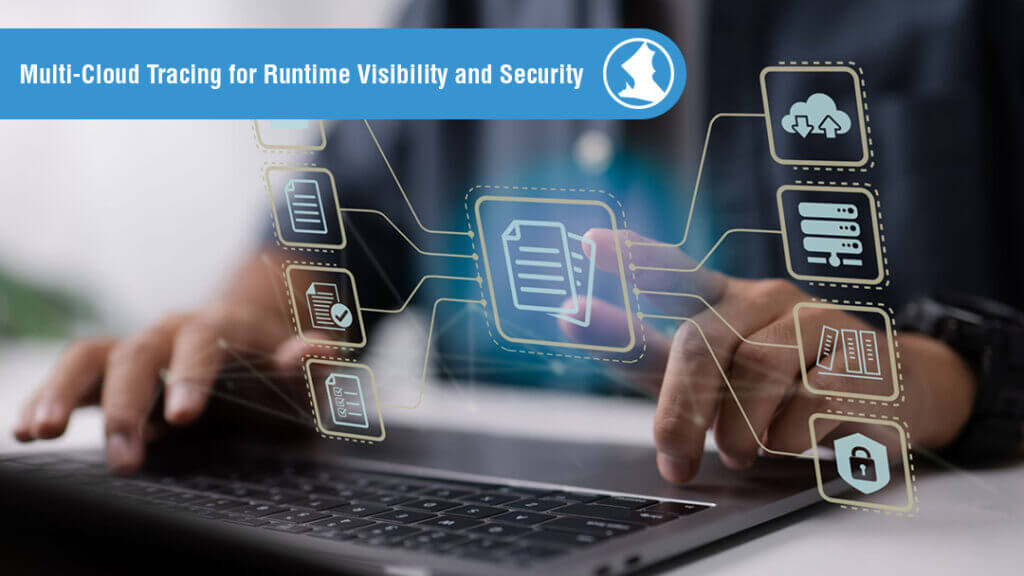
Multi-cloud environments have increasingly become the standard IT architecture for forward-looking organizations trying to leverage the most effective solutions to today’s development challenges. In 2022, 89% of polled organizations reported having multi-cloud strategies in place, with 80% of those adopting a hybrid approach of both public and private clouds.
The growing trend of multi-cloud adoption owes to several distinct advantages multi-cloud architectures have over traditional approaches. Multi-cloud environments allow organizations to:
- Choose optimal cloud service providers by use-case
- Avoid vendor lock-in
- Pay only for the services and resources they need
- Maintain flexible scalability
These benefits promote innovation and enable engineers to keep the peddle down on the CI/CD pipeline. Nevertheless, the rapid migration to new, complex, and often opaque service architectures has also created a host of novel security challenges.
Security Challenges of Multi-Cloud Architectures
While the shared responsibility model of multi-cloud environments helps organizations amplify their capabilities through access to highly specialized services and hardware, it comes with an increased reliance on vendor-controlled infrastructures that limit runtime visibility. Among IT decision-makers who manage multi-cloud environments, 46% cite lack of visibility and loss of control as their primary security challenges. Additionally, cloud architects struggle to integrate the disparate security solutions offered by vendors, highlighting a glaring absence of holistic environment monitoring capabilities.
Because multi-cloud environments are headless systems of systems, their administrators can only create top-down visibility indirectly through processes that approximate what system-wide visibility would look like if it were attainable. One approach is to sum monitoring data for each cloud individually under the assumption that if all parts are working, the whole must be as well. Another is to assess cloud applications one by one, comparing the state of resources to the deployment rules of the hosting vendor.
Neither approach reliably guarantees real-time visibility into activities across multiple clouds, especially in environments where applications are scaled or redeployed over cloud host boundaries. However, indirect approximation combined with auditing separate system logs – any one of which can be over-or under-configured – presently constitutes the practice of multi-cloud security in most organizations. With multi-cloud data breaches and audit failures already up 29% over 2021, it’s clear that current practices have become wholly outmatched – even when thoroughly applied – by complex, expanding attack surfaces.
Universal Tracing: Creating Clarity with Context
Spyderbat offers a more effective approach to address the visibility and monitoring challenges of multi-cloud environments. Converse to logs and Linux tools like AuditD that record only what they’re configured to capture in userspace, Spyderbat taps into kernel space to capture inter and intra system activity.
eBPF exposes all hooks in the kernel – system calls, network events, and user activities – Spyderbat’s Behavioral Web represents system activities in a visual and contextualized process stream. In the Behavioral Web, rather than listing events, Spyderbat presents traces of activities by their causal relationships, connecting otherwise discrete events. Spyderbat performs real-time analytics on the Behavioral Web to both identify deviations from known-good states, while simultaneously identifying known attack techniques. By scoring each trace with every new activity, Spyderbat focuses your attention on real concerns to the application environment and even automates actions to mitigate threats while still small in scope and before lasting damage occurs.
To schedule a personalized demo to see Spyderbat's Behavioral Web in action, contact Spyderbat today.